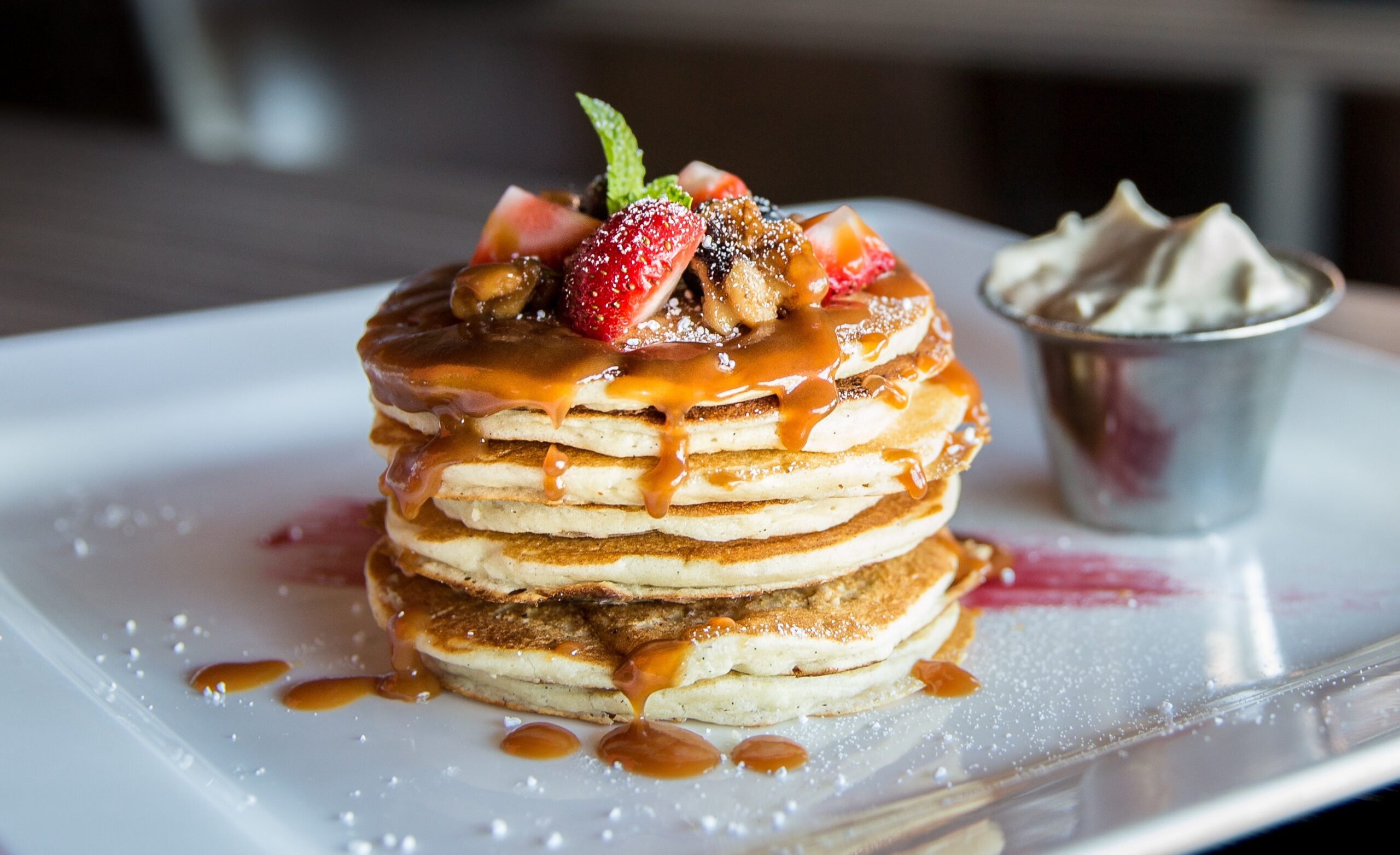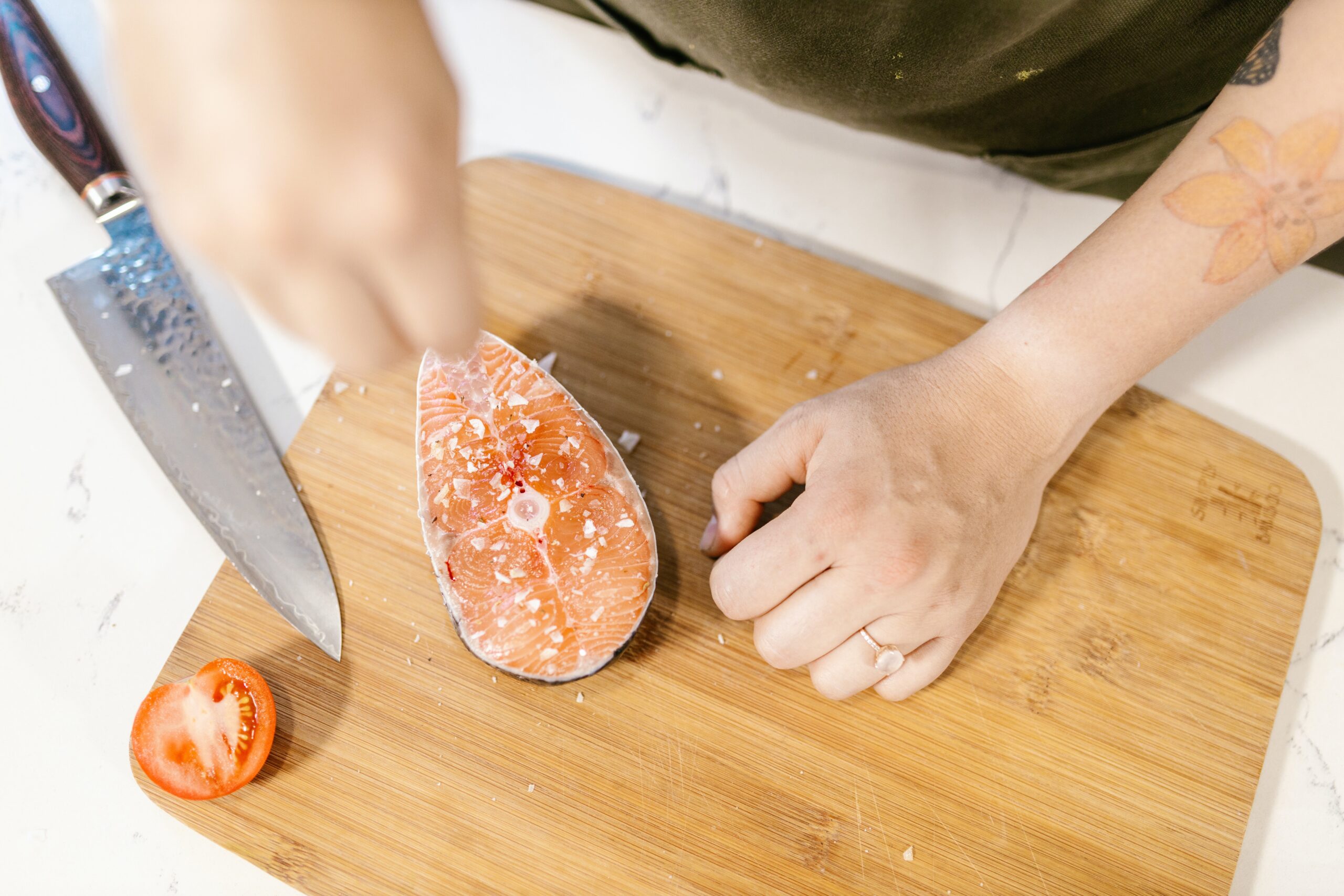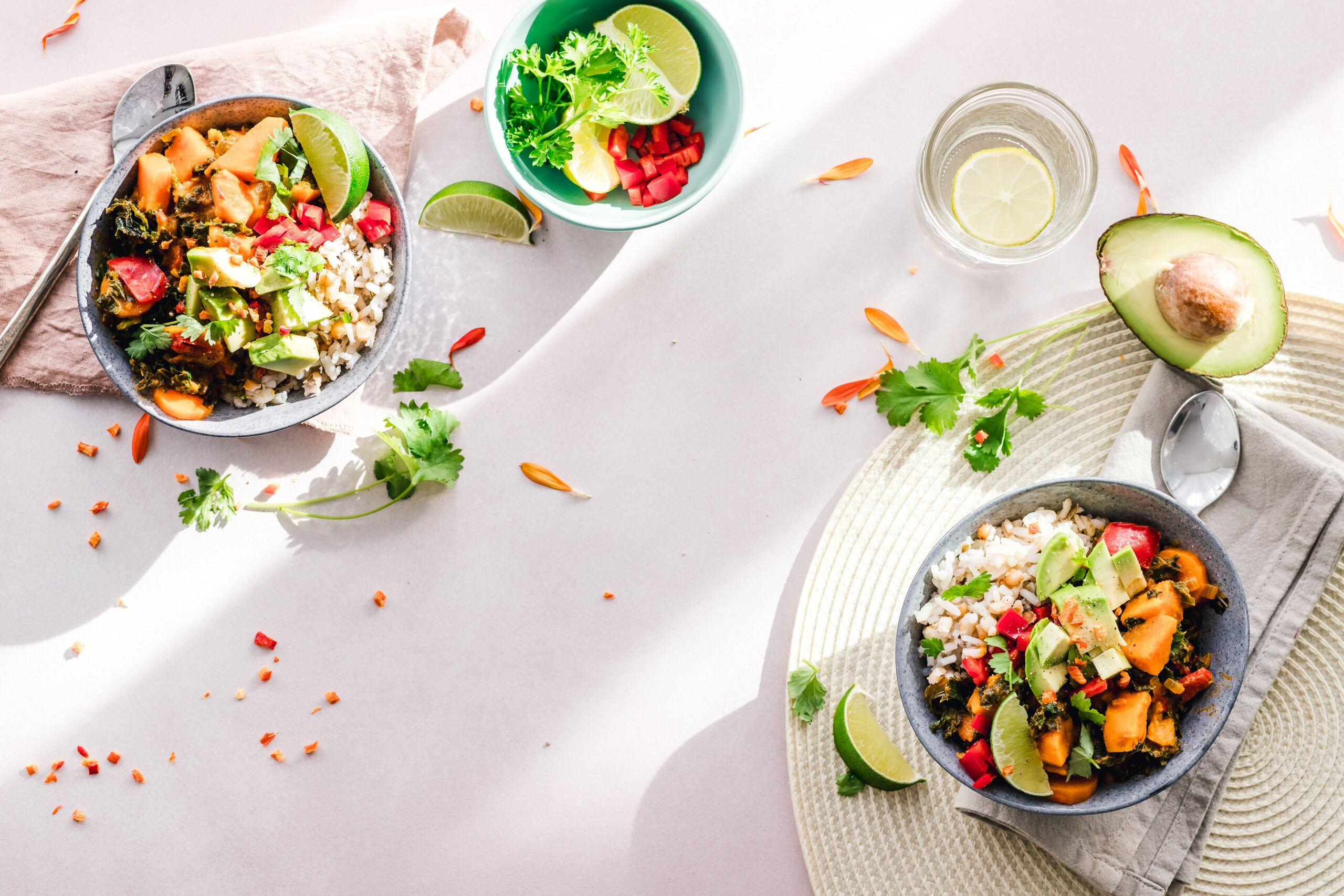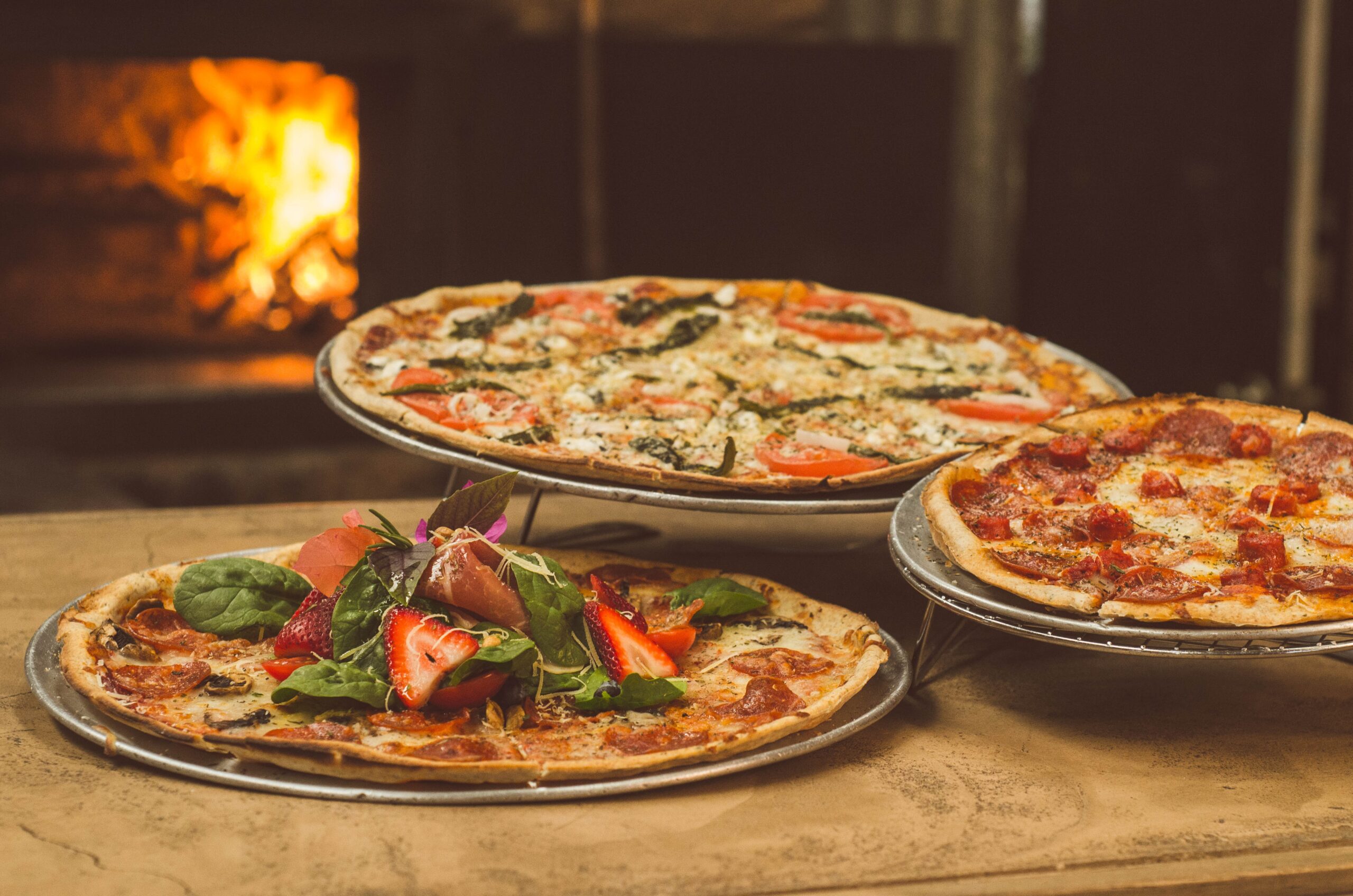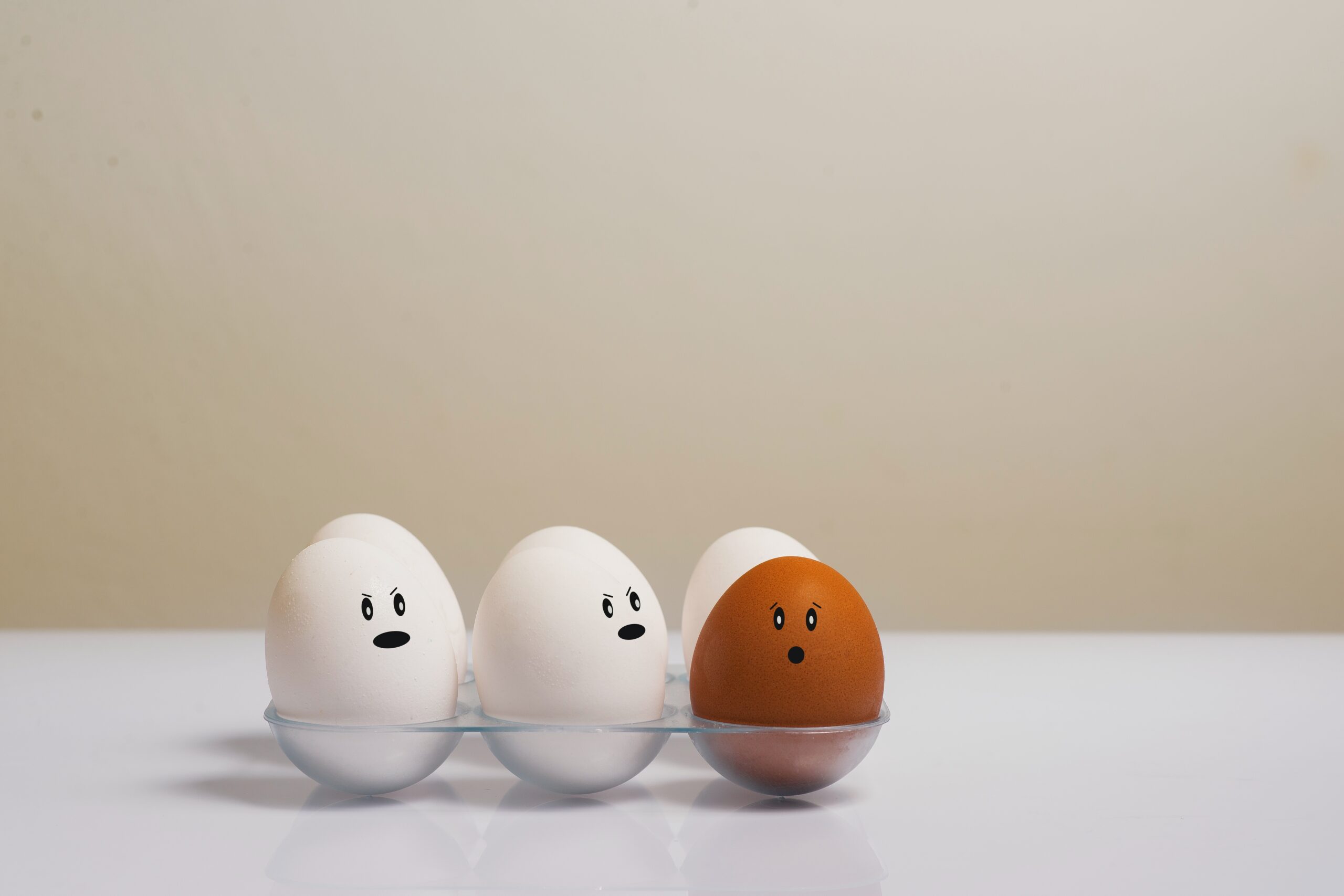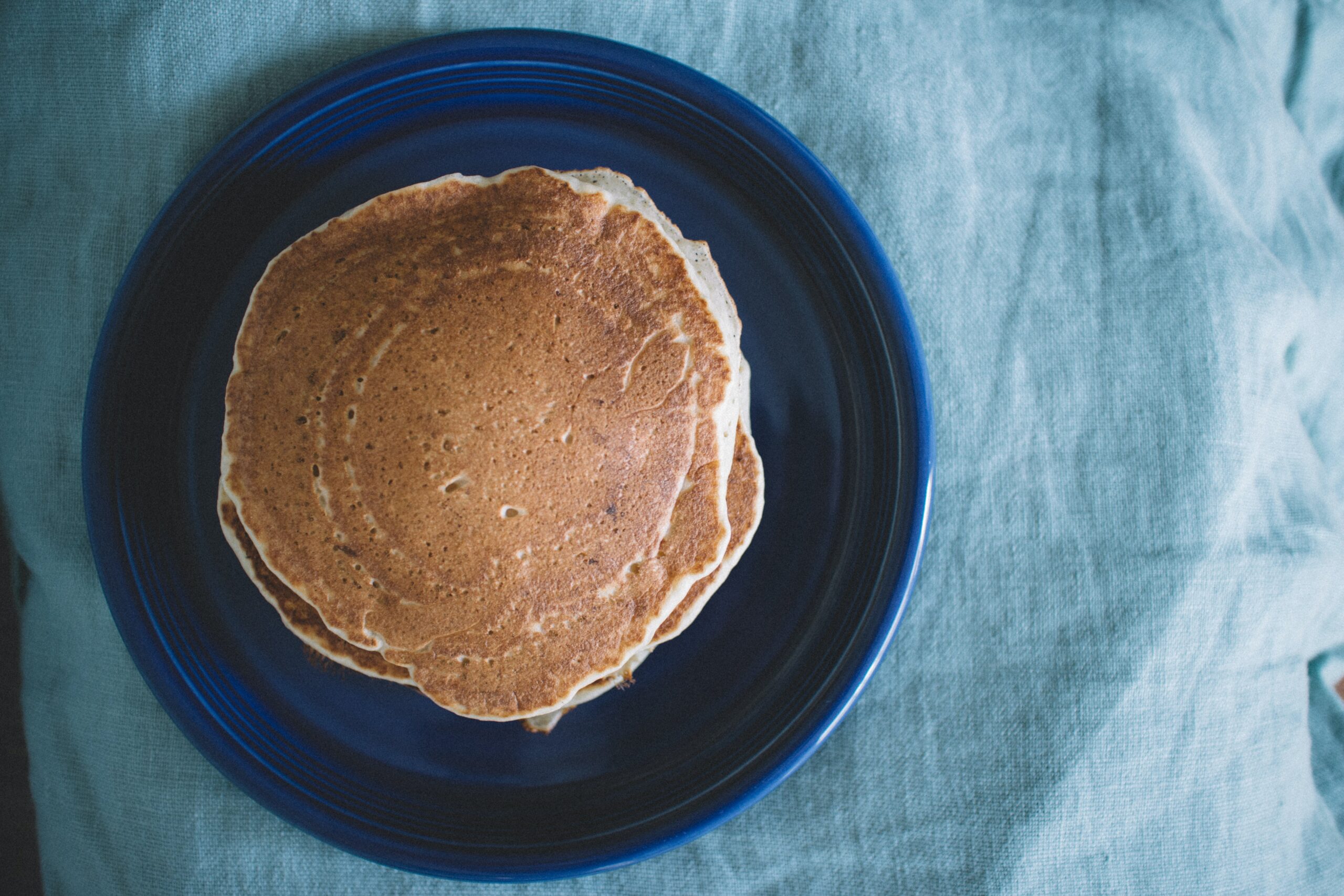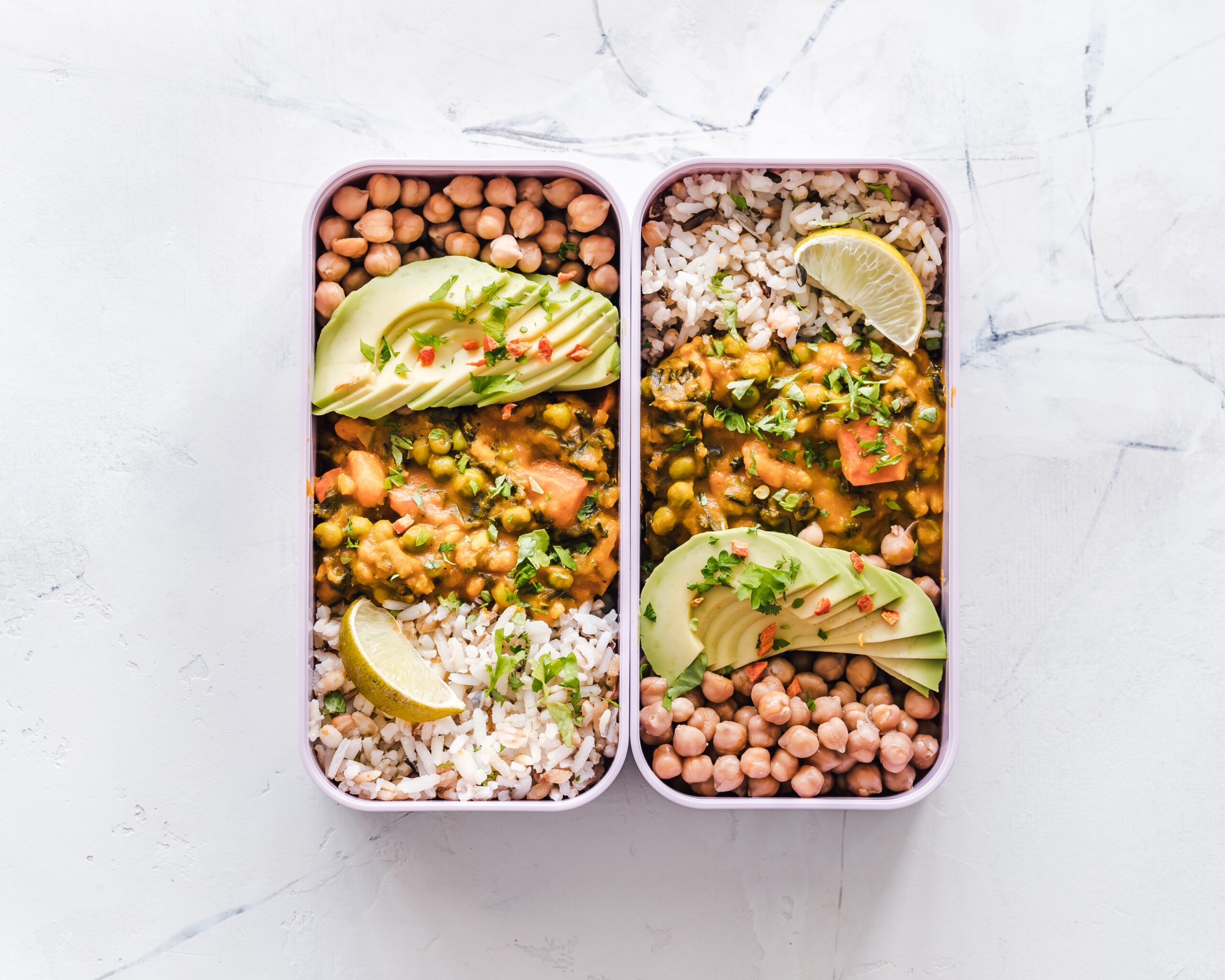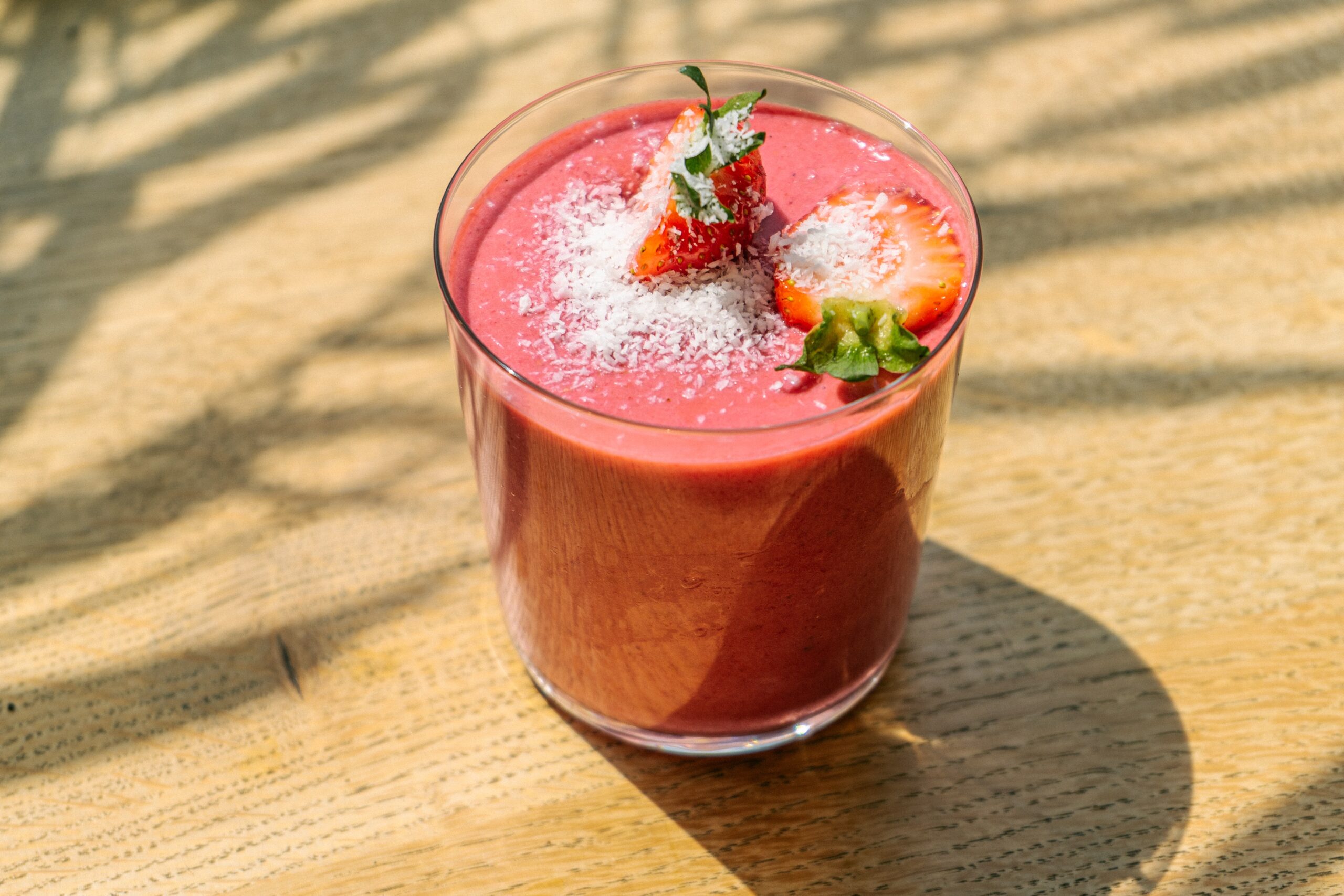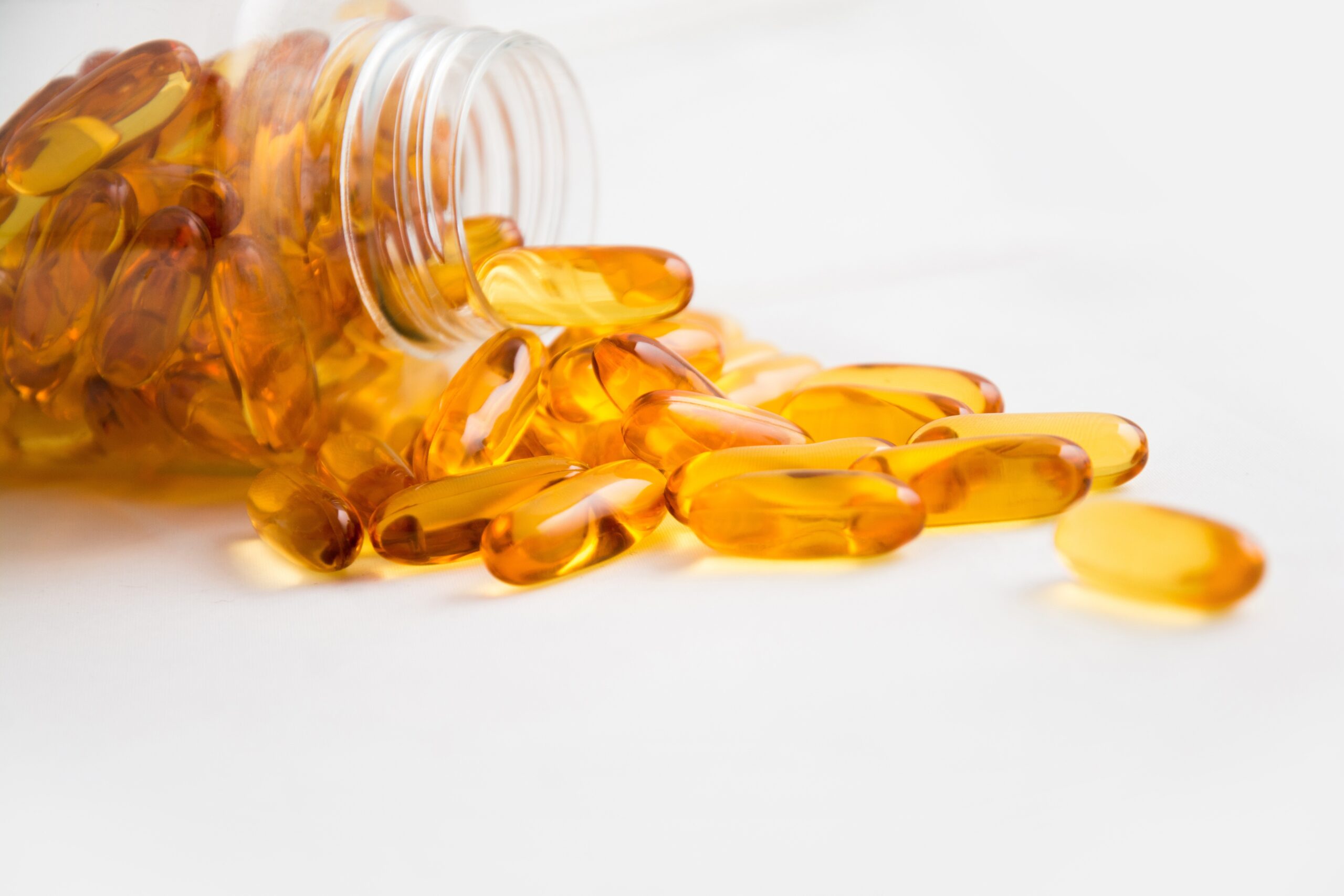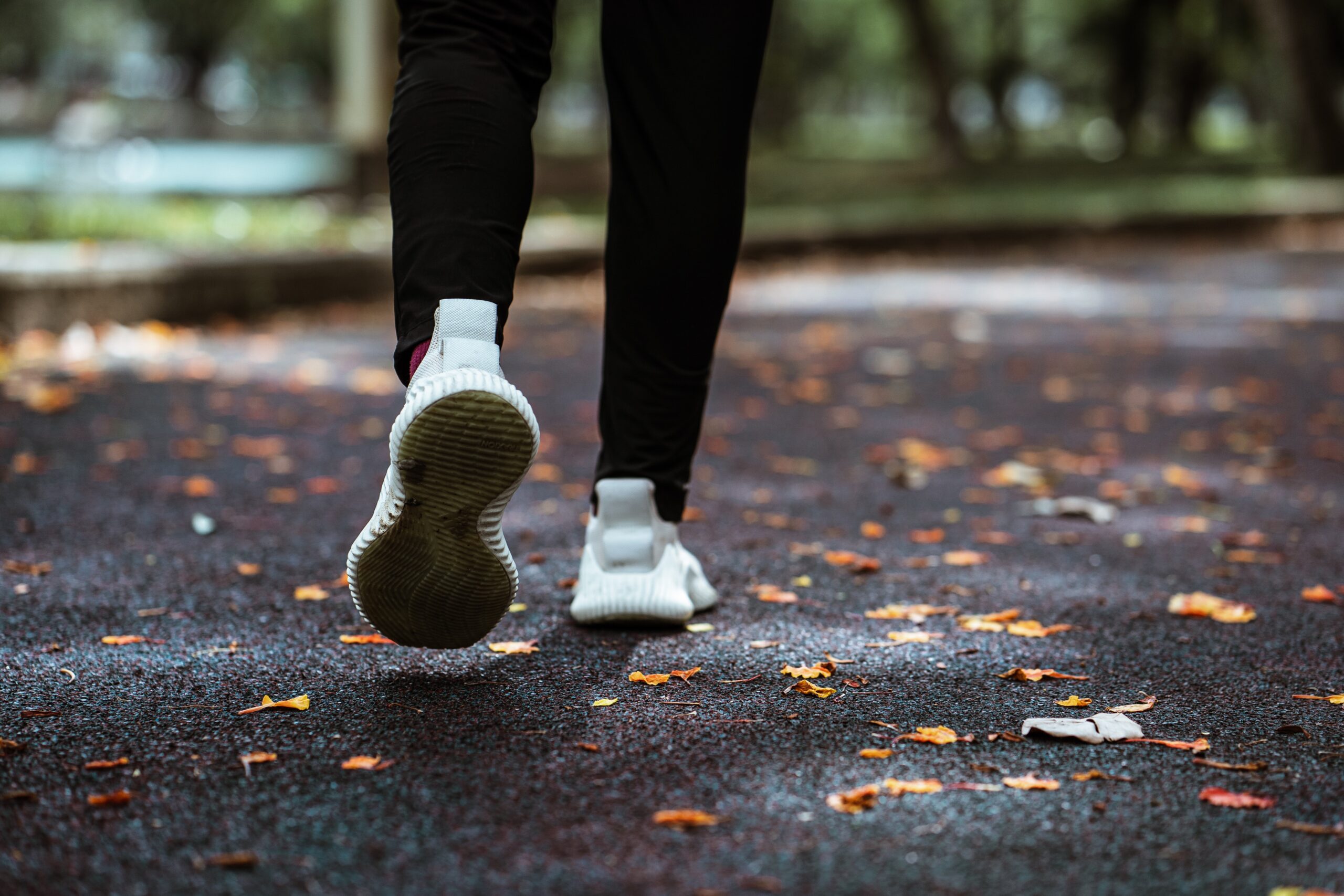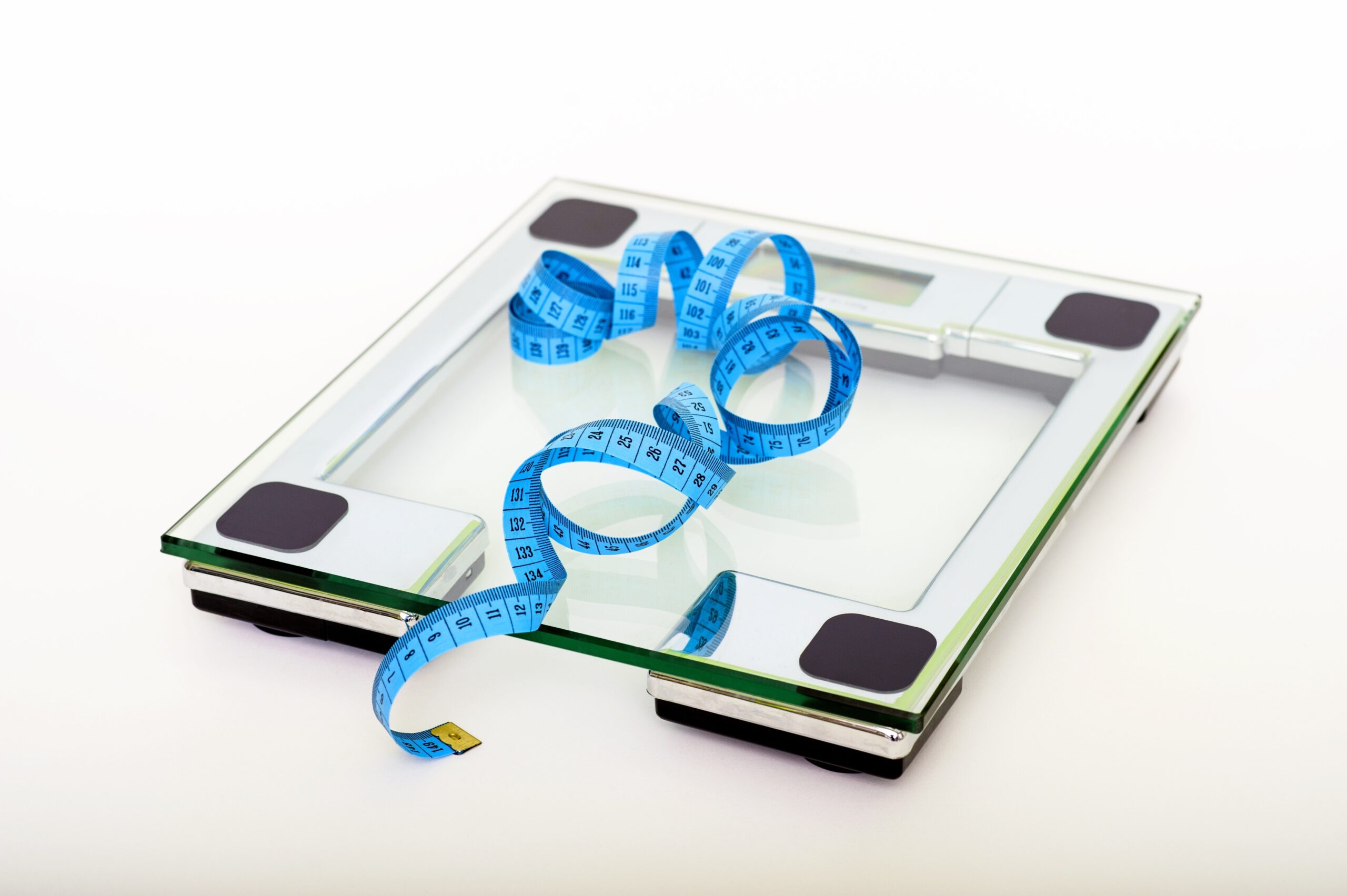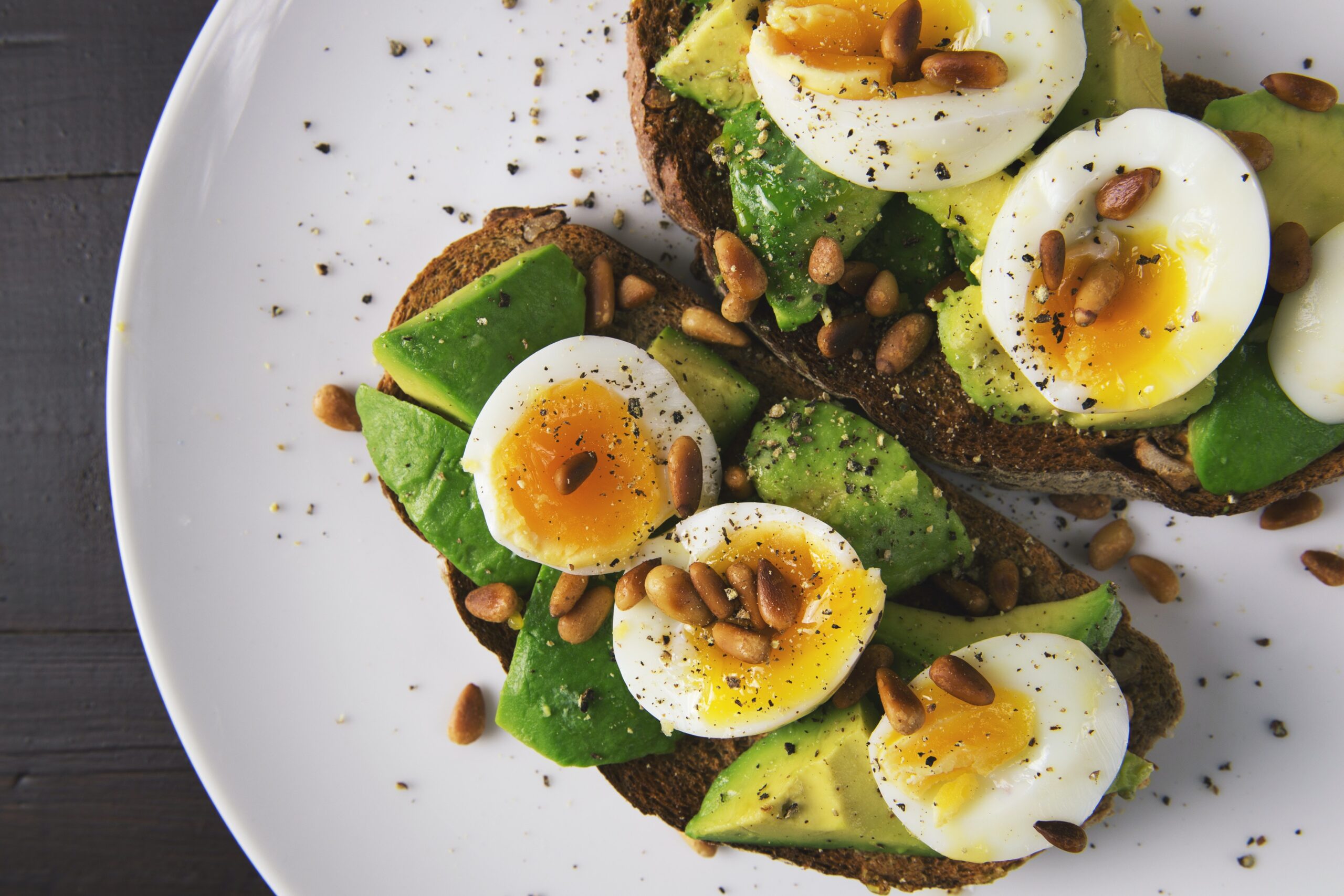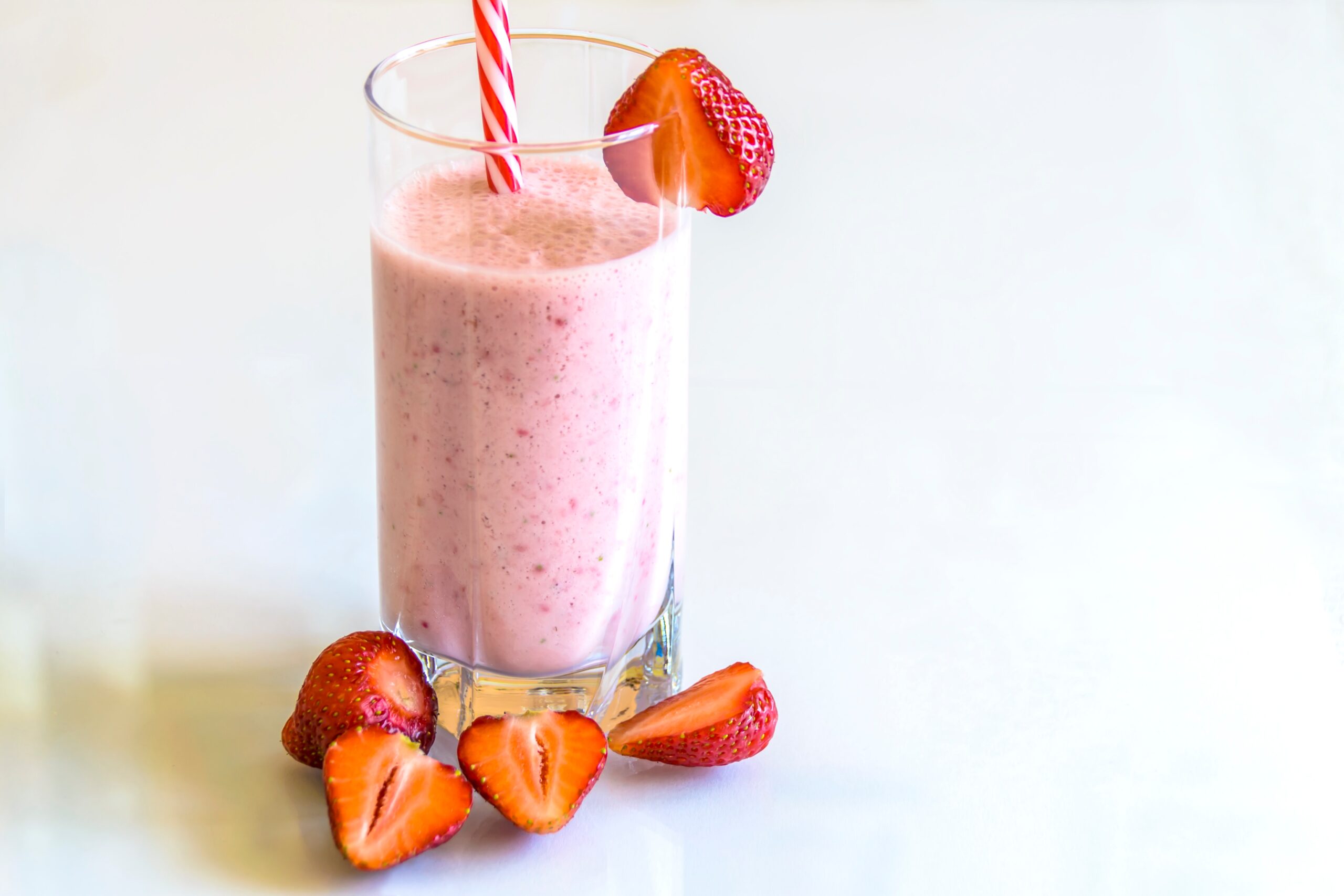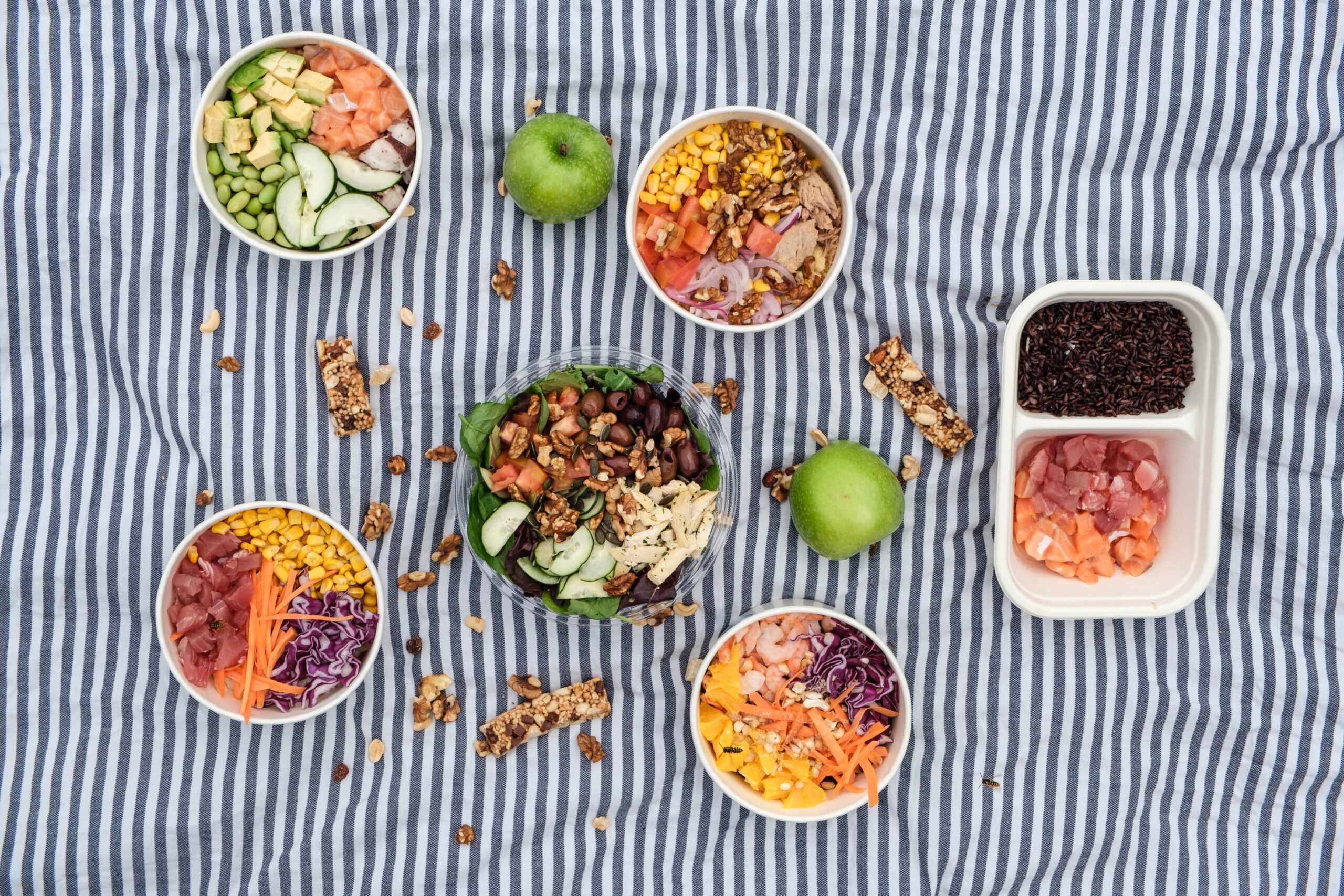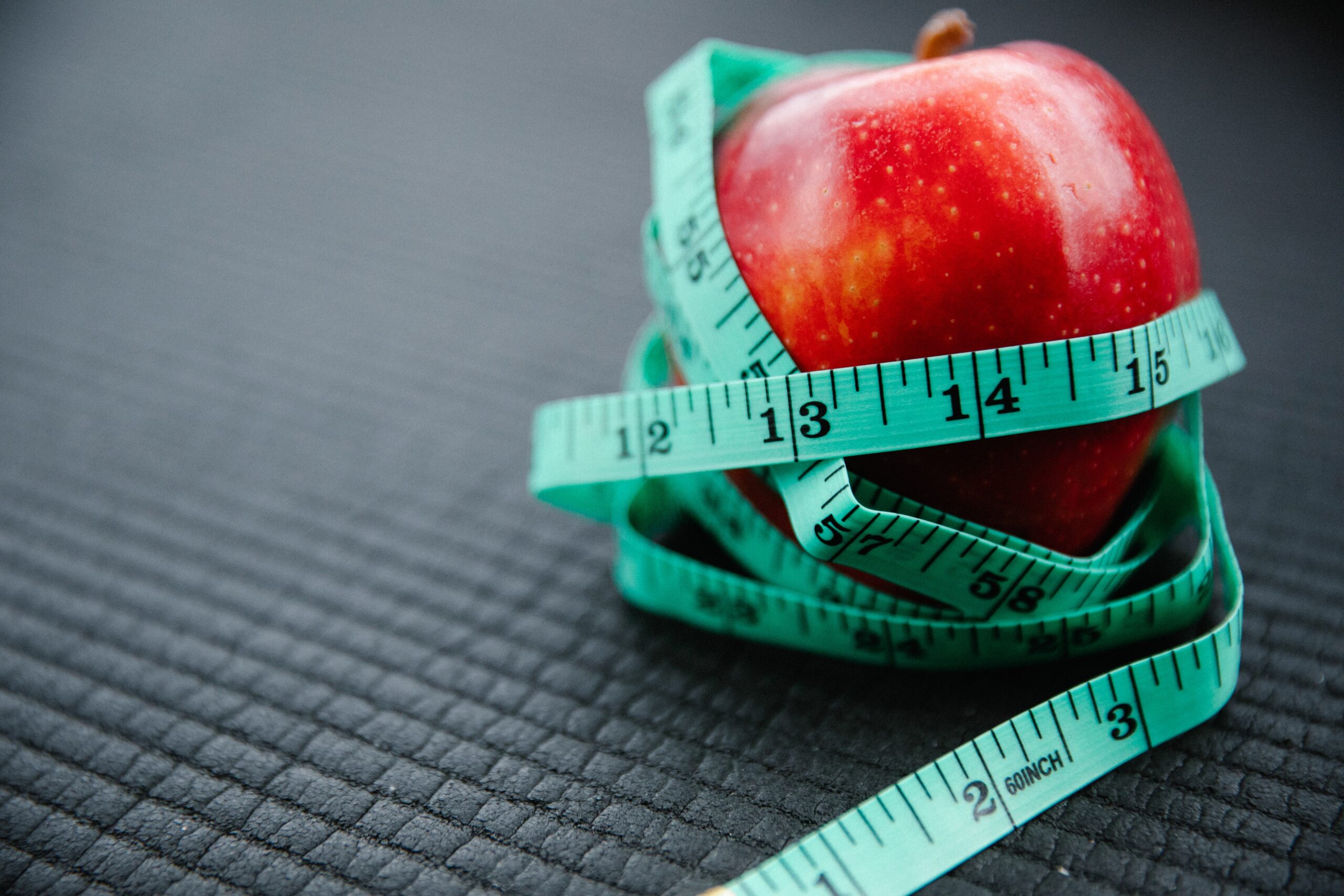7 winter salads to lose weight without going hungry
“Salad” and “winter” are not words that we usually put together. In this season of the year, hot dishes are more desirable and we have a smaller variety of vegetables -although for some time now we can find almost everything-, but this does not mean we must give up taking a type of key dish for a healthy diet.
The secret to making a good winter salad is the same as any other time of the year: combining seasonal vegetables with a supply of protein, which allows us to design a sufficiently satisfying dish.
In January we continue to find good lettuces ( endives are in full season ), artichokes, broad beans, spinach, and peas are already appearing, and we have cabbage, broccoli, and cauliflower available. It is not the season for green beans, tomatoes, or peppers, but we can also find them in greengrocers and we can always get canned food. And we cannot forget the fruits: oranges are our best ally, but we also find pears, apples, and the first strawberries.
On these dates, warm salads or legumes are especially desirable and, in general, all those that are a little more forceful. Although we intend to lose weight, it is difficult to endure in winter with a salad that is as simple as a single dish, so we bet on salads with which you do not get hungry in ten minutes. These are our recommendations.
1. Grilled Chicken Broccoli Fruit Salad

broccoli chicken
Ingredients
For 2 persons
Broccoli
1
Chicken breast
1
blueberries
50g _
Tangerine
100g _
Lemon juice
fresh thyme
fresh rosemary
ground black pepper
Salt
Extra virgin olive oil
How to make Grilled Chicken Broccoli Fruit Salad
Wash the broccoli and cut into florets. Steam or microwave for a few minutes, until al dente. Let cool. Heat a grill or griddle with a little olive oil and cook the chicken on both sides. Salt and pepper and season with a little thyme and rosemary. Let cool and cut into strips. Wash the blueberries well and drain the mandarin. Arrange the broccoli in a bowl, add the chicken and the fruit. Season with salt and pepper and dress with lemon juice, olive oil, thyme, and rosemary to taste.
2. Greek salad with spinach, goat cheese, orange and pistachios
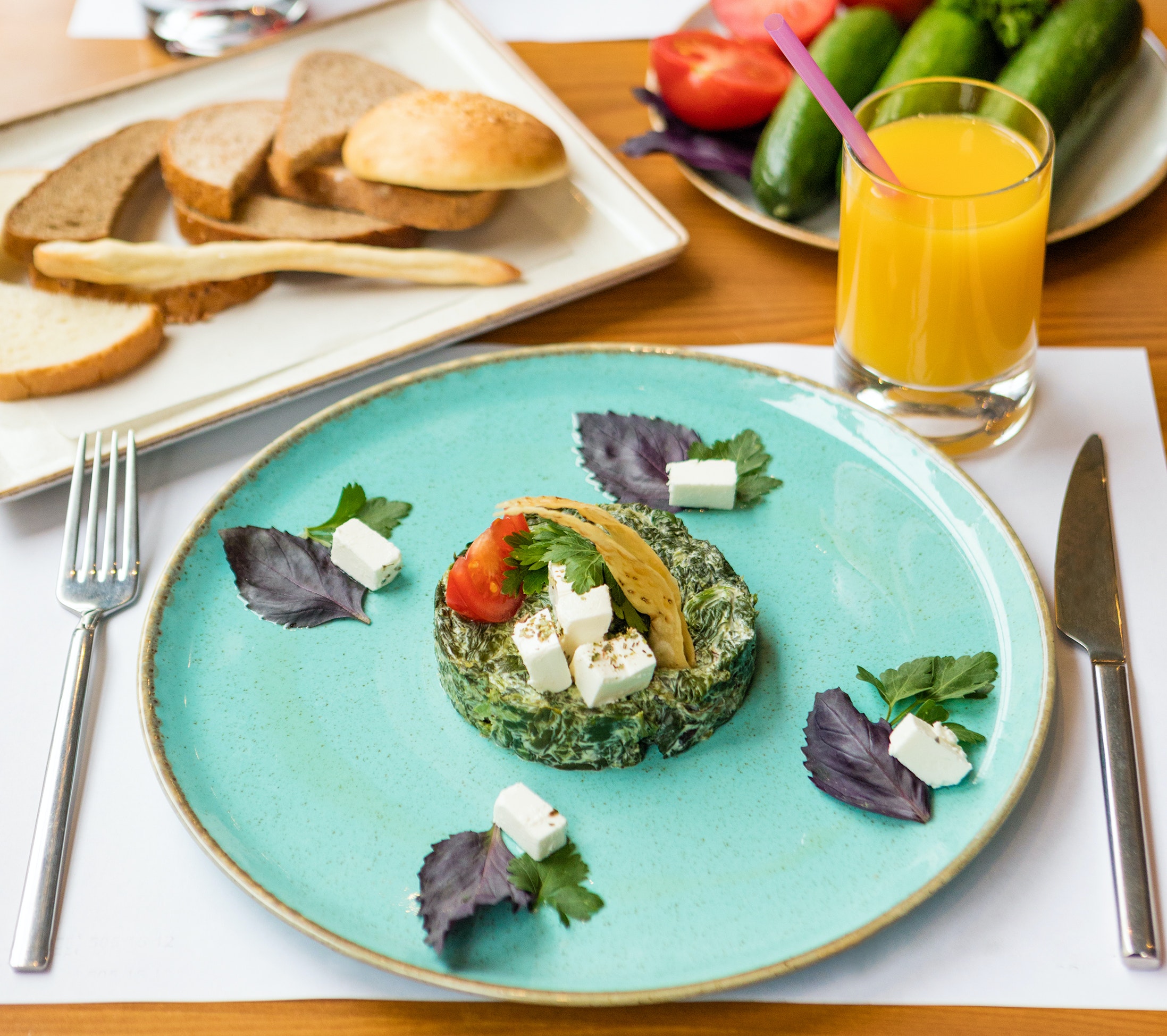
orange spinach
Ingredients for 4 people: 1 bag of spinach sprouts, 1 piece of goat cheese, 1 juicy orange, 20 pistachios, salt, extra virgin olive oil, and Sherry vinegar.
Preparation: We start by washing the spinach well and removing the stems. Once washed and dried, place them on a platter covering their entire surface. With a ball scoop, we are forming small balls of goat cheese that we will compact by squeezing a little with our fingers. As we form them, we place them on top of the spinach so that distribute them holes we are distributing the orange segments peeled live. To continue, we place shelled pistachios in the holes of the salad, to achieve an interesting contrast of flavors and textures in each bite. Before serving the salad, we dress it with a pinch of salt, a good drizzle of extra virgin olive oil, and a few drops of sherry vinegar and let diners mix the ingredients on their plates.
3. Mock Cauliflower Tabbouleh

Tabulate
Ingredients for 4 people: Half a large cauliflower, 1 chopped garlic clove, the juice of one lemon, quarter cup of extra virgin olive oil, salt, ground black pepper, 1 small cucumber, chopped fresh parsley, chopped fresh mint, cilantro chopped fresh, two chives.
Preparation: We start by breaking the cauliflower into small pieces, and then we chop it in a food processor until the cauliflower has crumbled into grains the size of quinoa or couscous. In a large bowl, whisk together the lemon juice, garlic, olive oil, pepper and salt. Add the cauliflower, the cucumber cut into small pieces, the herbs, and the julienned chives and mix everything to integrate. If we like, we can season it with more lemon and olive oil.
4. Orange and strawberry salad

orange strawberries
Ingredients for 2 people: 1 table orange, 8 strawberries, 75 gr of endive mix, 4 radishes, feta cheese, peeled sunflower seeds, salt, extra virgin olive oil, apple cider vinegar.
Preparation: Place peeled and clean orange segments in a salad bowl, interspersed with strawberry halves. In the center, we put the washed and well-drained salad. On top, we spread the sliced radishes. We crumbled the feta cheese in the amount we liked and placed it on top of the salad. Finally, we season with salt, olive oil, apple cider vinegar, and some sunflower seeds. We serve right away.
5. Bean salad with watercress, cherry and ventresca

Cress Cherry Belly
Ingredients for 2 people: 300 g of beans, 150 g of tuna belly in olive oil, 75 g of cherry tomatoes, 80 g of watercress, 1/2 lime, Maldon salt, and extra virgin olive oil.
Elaboration: Soak the beans in plenty of water for four to eight hours or, even better, overnight before preparing the salad. Drain, rinse, and boil, starting with cold water, with a drizzle of olive oil until tender. The time will depend on the quality of the beans and the previous soaking time. As a reference, calculate about 60-90 minutes. Once our beans are tender, we drain them and refresh them under cold water. Try to be careful with the pressure so that their skins do not break or come off. Let the beans cool down and, meanwhile, proceed with the rest of the ingredients. To do this, we drain the belly and reserve the oil in which it is preserved since we can use it to dress the salad. Wash and cut the cherry tomatoes in half. In a deep and spacious bowl, mix them with the watercress (we can also use spinach or young shoots) and the belly. Squeeze the half lime and beat its juice with two tablespoons of extra virgin olive oil (or with that of the belly, if we choose to take advantage of it). Add the beans to the remaining ingredients and dress them with this mixture. Season with Maldon salt flakes and stir until the dressing is evenly distributed.
6. Escarole and caramelized pear salad
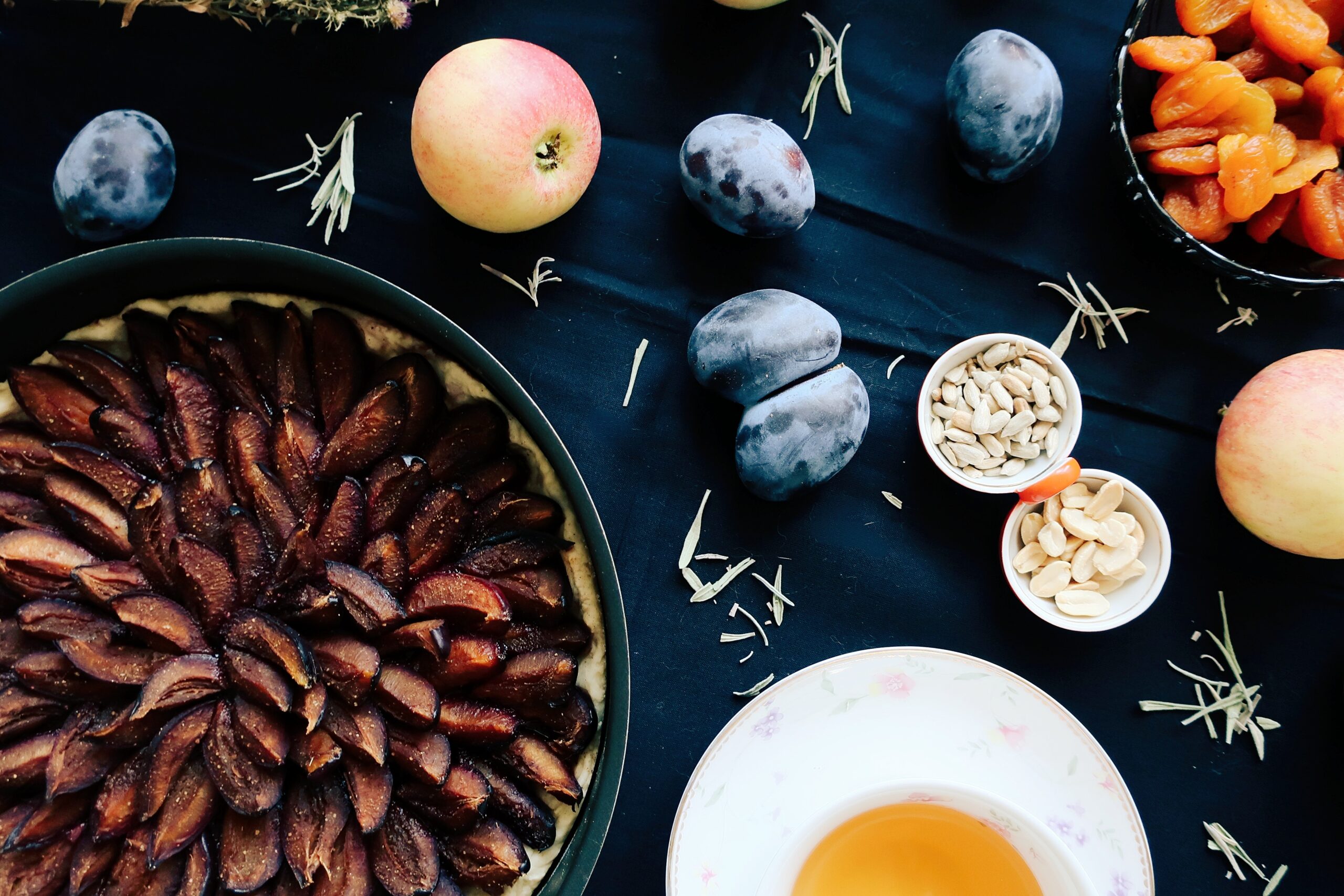
endive pears
ingredients . 1 escarole, 2 conference pears, 2 tablespoons of sugar, a few drops of lemon, 1 tablespoon of water, 1 large slice of goat cheese, 1 glass of sweet wine, oil, vinegar, salt, 1 handful of toasted almonds.
Elaboration. Peel, core the pears, and cut them into squares. In a frying pan, we put the sugar, the water, and the drops of lemon and let it cook a little without taking on too much color. Add the pears and when they start to turn golden, add the sweet wine. When they are caramelized, remove them from the heat. Peel the goat cheese, crumble it, add it to the pan, and stir lightly. Place the cleaned and drained escarole on a tray. Season it and spread the pears with the cheese on top. Finally, we add the toasted almonds and serve.
7. Sweet and sour chickpea salad
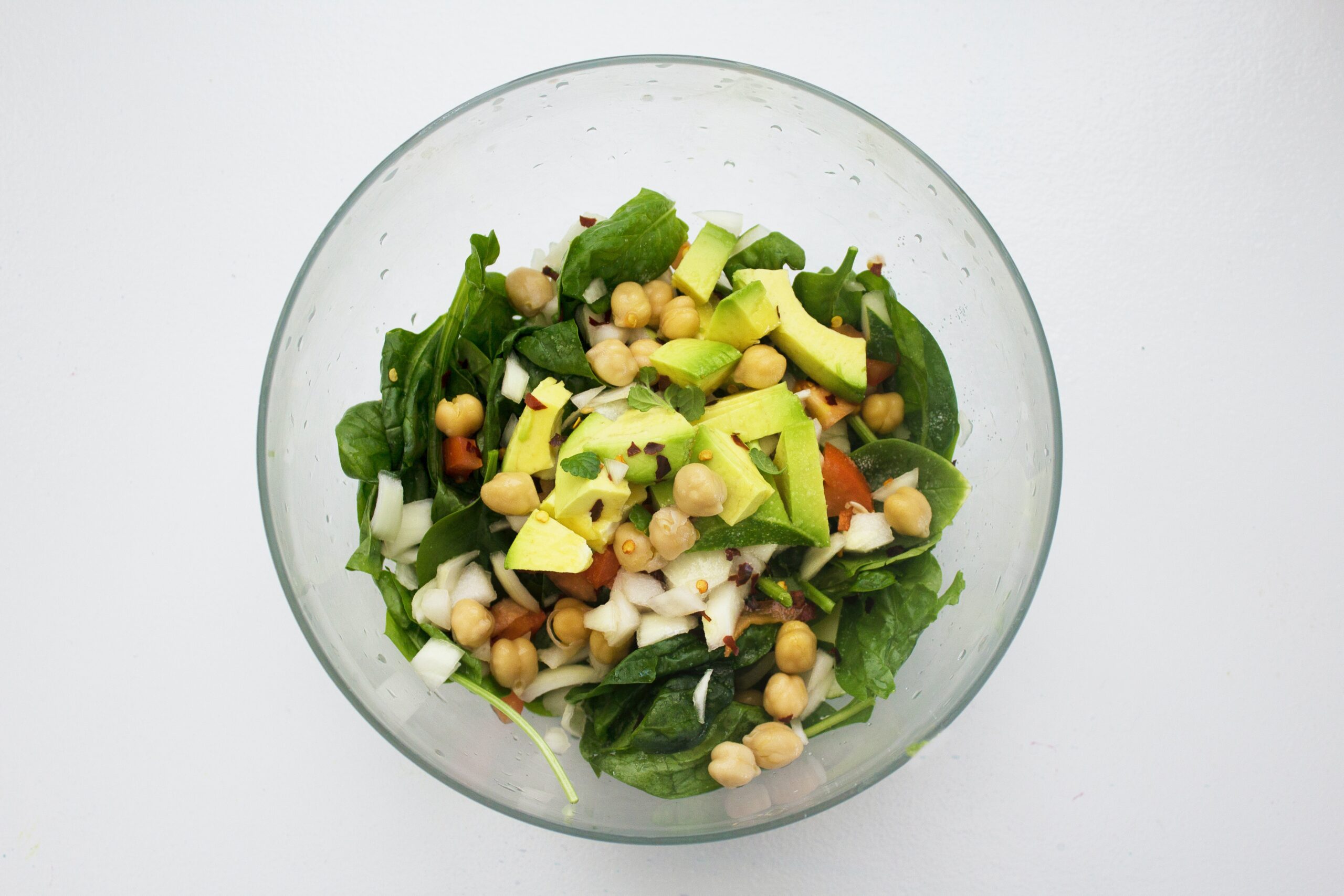
Sweet and Sour Chickpeas
Ingredients for four people: 600 g net weight of canned chickpeas, 2 carrots, 1 spring onion, 60 g of raisins, the juice of 1 orange, a sprig of parsley, 2 tablespoons of balsamic vinegar, 4 tablespoons of oil extra virgin olive oil, 1 bay leaf, a pinch of dry oregano, salt, and pepper.
Preparation: We begin by peeling and chopping the spring onion and sliced carrots. Next, we put a frying pan on the fire with a tablespoon of oil and sauté the vegetables with the raisins for five minutes. Season with salt and pepper and add the oregano and bay leaf, deglazing with the orange juice. Add the washed and drained chickpeas and cook everything for 15 minutes. Add the balsamic vinegar, integrate it into the mixture, and let everything cool for twenty minutes. Divide the salad into bowls and serve it with a tablespoon of olive oil on top.
8. “Picás” orange salad
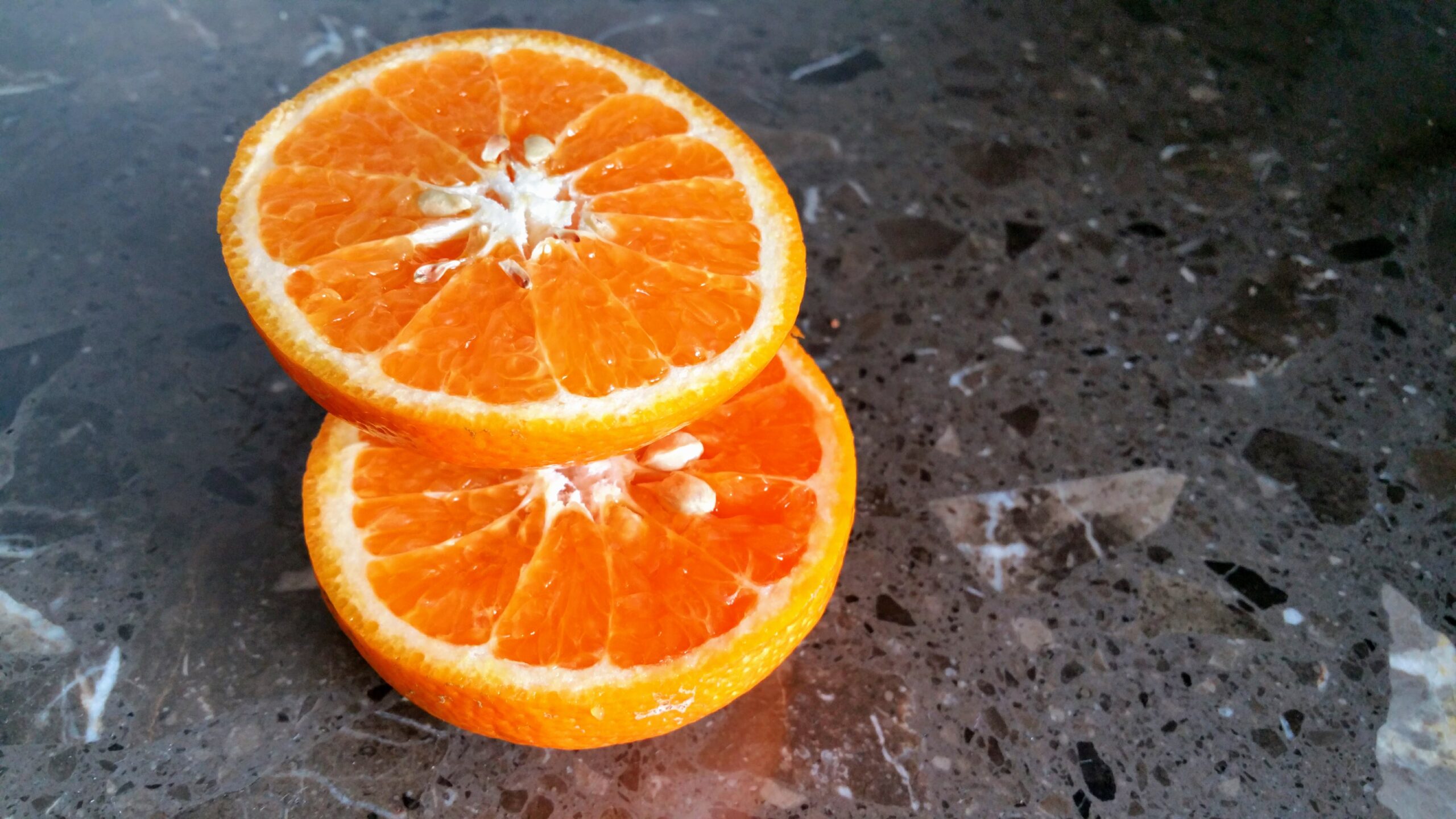
Orange Salad Spades
Ingredients for two people: 2 oranges, 1 hard-boiled egg, 50g cod crumbs, 50g pitted black olives, 1/2 spring onion, salt, olive oil, and pepper.
Elaboration: If we want to prepare the traditional recipe, we start by desalting the cod 24 hours before, immersing the crumbs in cold water, and changing the water every six hours. Then we roast the cod for about 15 minutes in the oven at 180ºC and reserve. If we want to skip this step, we can use desalted or English-style crumbs that allow us to prepare it without advance. On the other hand, we put water to boil in a saucepan and cook the egg. Let it cool down, peel it and chop it. On the other hand, cut the onion into julienne strips and the olives into slices. Peel the oranges and cut them into slices, although the most traditional recipe recommends chopping them, which is where the name comes from. Finally, we assemble the salad mixing the oranges, the egg, the olives, the onion, and the cod. We water with plenty of oil,





